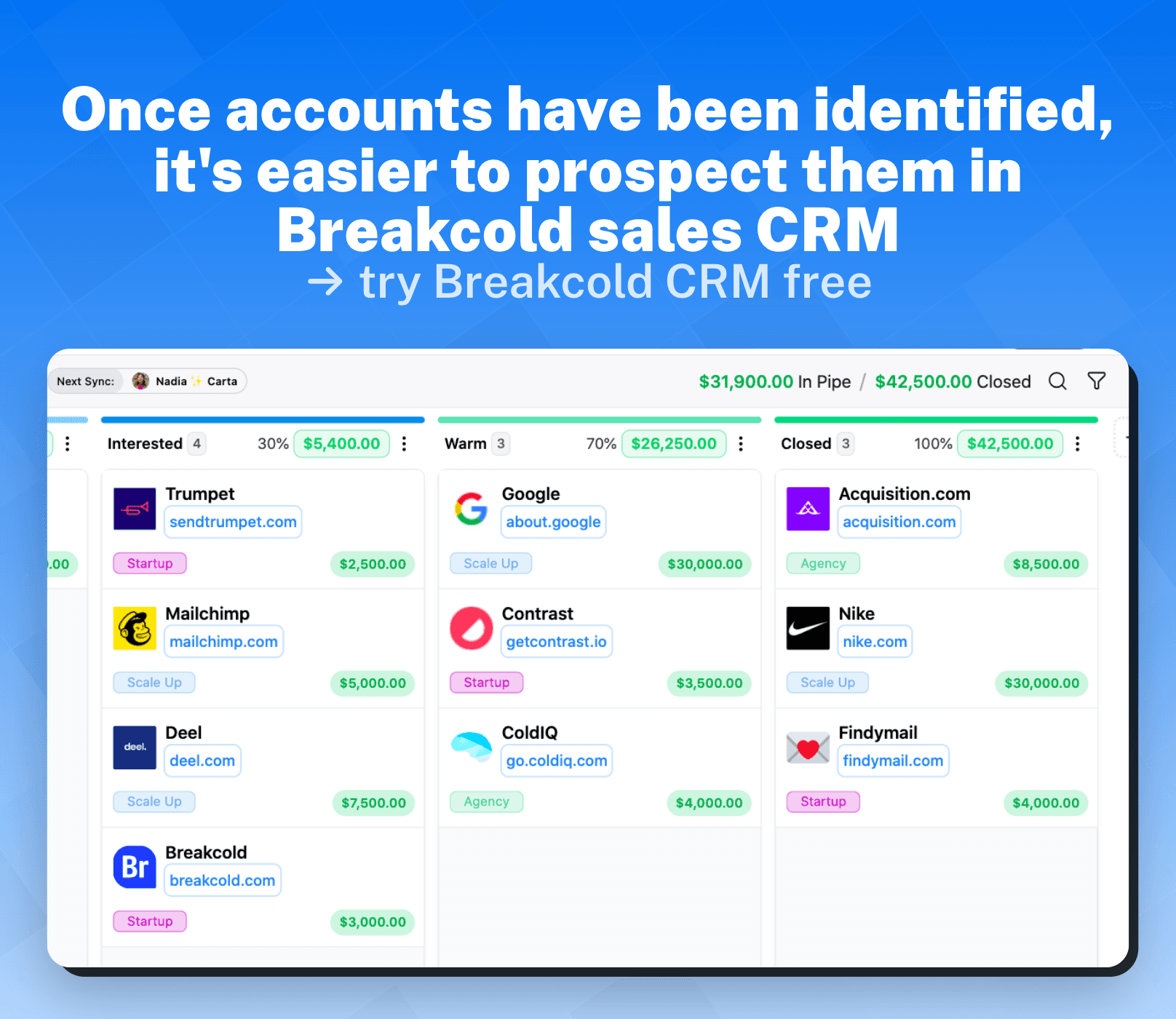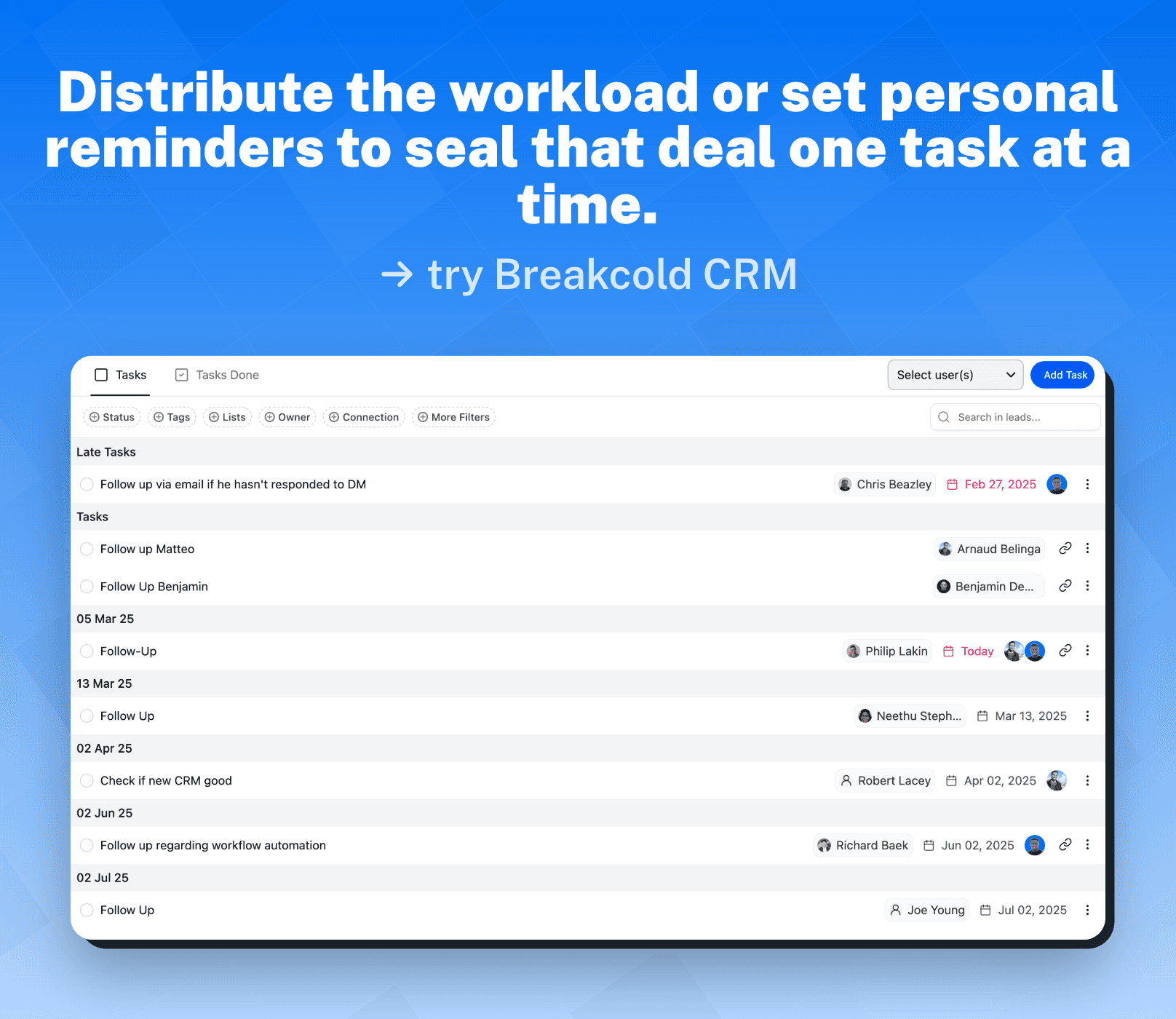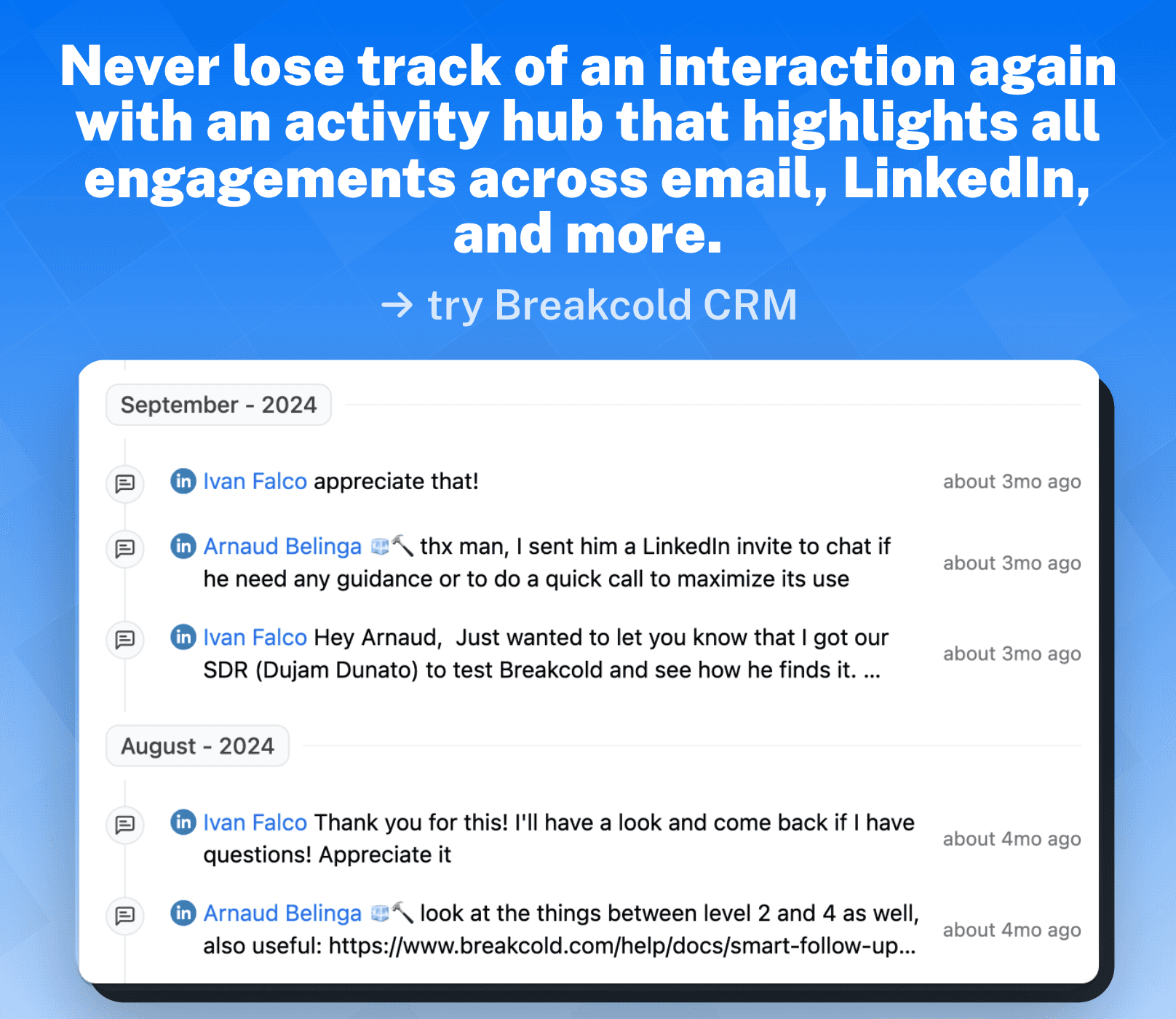
Account mapping is a strategic process that helps businesses identify and understand their target customers more effectively. By mapping out key information about existing and potential customers, businesses can create targeted marketing and sales strategies to maximize their success. Account mapping is particularly useful in B2B (business-to-business) industries, where building strong relationships with key accounts is crucial to long-term success
1°) What is Account Mapping?
Account mapping is the process of visually representing important information about a specific customer or account. This information can include details such as the decision-makers within the organization, their roles and responsibilities, their pain points and challenges, and the current status of the relationship with the account. By organizing and analyzing this information, businesses can gain valuable insights that help them tailor their approach to the specific needs and goals of each account.

Account mapping goes beyond just gathering basic information about an account. It involves diving deep into the intricacies of the organization, understanding its structure, and identifying the key players who influence decision-making. This process requires thorough research and data collection to ensure accuracy and relevance.
1.1 - Definition of Account Mapping
In simple terms, account mapping is like creating a roadmap for effective customer engagement. It involves researching and collecting data about the target account and organizing it in a visual format. This can be done using tools such as CRM (customer relationship management) software or even simple Excel spreadsheets (the latter, we don't fully recommend).

The goal of account mapping is to gain a deep understanding of the account's structure and dynamics, enabling businesses to build strong relationships and deliver value in a personalized way. By mapping out the account, businesses can identify the key decision-makers, their pain points, and their goals, allowing for a more targeted and effective approach.
1.2 - Advantages of Account Mapping

Account mapping offers several advantages for businesses:
Improved targeting: By understanding the key decision-makers and their pain points, businesses can tailor their messaging and offerings to address specific needs, increasing the chances of success.
Enhanced relationship management: Account mapping helps businesses identify and prioritize relationships within an account, allowing them to allocate resources effectively and build stronger connections.
Increased cross-selling and upselling opportunities: Account mapping enables businesses to identify untapped potential within an account and capitalize on it, driving revenue growth.
Better account retention: By proactively addressing the challenges and concerns of an account, businesses can strengthen the relationship and reduce the risk of customer churn.
1.3 - Disadvantages of Account Mapping

While account mapping offers significant benefits, there are also potential disadvantages to consider:
Time-consuming: Businesses need to invest resources and effort into gathering accurate and relevant data to ensure the effectiveness of the mapping process.
Dependency on accurate data: The effectiveness of account mapping relies on accurate and up-to-date information. If the data is incomplete or inaccurate, it may lead to flawed strategies and missed opportunities.
Resistance from customers: Businesses should clearly communicate the benefits of account mapping and assure customers that their data will be handled securely and used to enhance their experience.

2°) Examples of Account Mapping
Now let's explore some examples of account mapping in various contexts:
2.1 - Example in a Startup Context
For example, a fintech startup targeting venture capital firms could create an account map that includes information on the investment preferences
of each firm, the decision-makers within the firm, and any existing relationships or connections that could be leveraged.

This account map would provide valuable insights into the specific investment criteria of each venture capital firm, such as their preferred industry sectors, investment stage preferences, and geographic focus. It would also identify the key decision-makers, allowing the startup to personalize their pitch and establish direct communication channels with the right individuals. Additionally, the account map would highlight the existing relationships and/or connections that the startup may have, enabling them to leverage these connections for introductions or referrals.
2.2 - Example in a Consulting Context
In a consulting context, account mapping can be used to develop personalized solutions for clients. By understanding the client's organizational structure, pain points, and goals, consultants can tailor their recommendations and deliverables to address specific needs.

For instance, a management consulting firm specializing in operational efficiency could create an account map that outlines the key stakeholders within the client's organization, their roles and responsibilities, and the areas of improvement identified during the assessment.
This account map would provide a comprehensive overview of the client's organizational structure, including the different departments and their interdependencies. It would allow the consultants to engage with them directly and understand their specific pain points and goals.
2.3 - Example in a Digital Marketing Agency Context
Let's say a digital marketing agency is working with a skincare brand and creates an account map that details the demographics and psychographics of the brand's target customers, the key influencers in the beauty industry, and the most effective channels for reaching the target audience, whether it's through social media platforms, search engine advertising, or email marketing.

This account map would provide a deep understanding of the brand's target customers, including their age, gender, income level, and preferences. It would also identify the key influencers in the beauty industry, such as beauty bloggers or social media influencers, who have a significant impact on the target audience's purchasing decisions. Armed with this information, the digital marketing agency can create highly targeted and compelling marketing campaigns that resonate with the brand's target customers and drive measurable results.
2.4 - Example with Analogies
To further illustrate the concept of account mapping, let's consider an analogy outside of the business spectrum:
Imagine you are planning a road trip. Before embarking on your journey, you gather information about the destinations, attractions, and road conditions along your route. You also identify the best places to eat, rest, and refuel. Armed with this information, you can plan your itinerary, ensuring a smooth and enjoyable trip.

Similarly, account mapping provides businesses with valuable information about their target accounts. It helps them understand the key decision-makers, their needs, and the context in which they operate. By leveraging this knowledge, businesses can create tailored strategies and approaches that lead to successful engagement and long-term relationships.
Just like planning a road trip, account mapping involves gathering information about the target accounts, such as their industry, size, and key decision-makers. It also involves understanding the needs and pain points of these accounts, as well as the competitive landscape and market trends that influence their decision-making. Armed with this information, businesses can develop personalized strategies and approaches that resonate with the target accounts, increasing the chances of successful engagement and long-term relationships.
Conclusion
Account mapping is a powerful tool for businesses seeking to maximize their success in engaging and building relationships with customers. It provides a structured approach to understanding key accounts and tailoring strategies to meet their specific needs and goals. By leveraging account mapping techniques, businesses can improve targeting, enhance relationship management, and increase sales opportunities, ultimately driving long-term growth and profitability.











































































































































































































